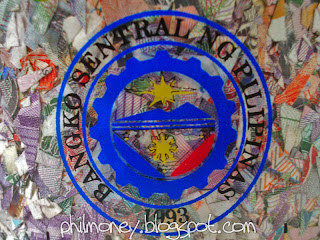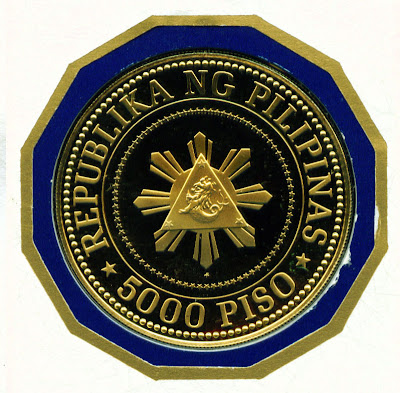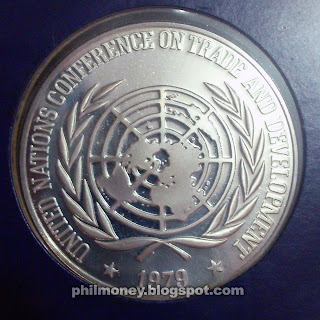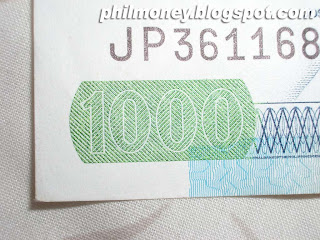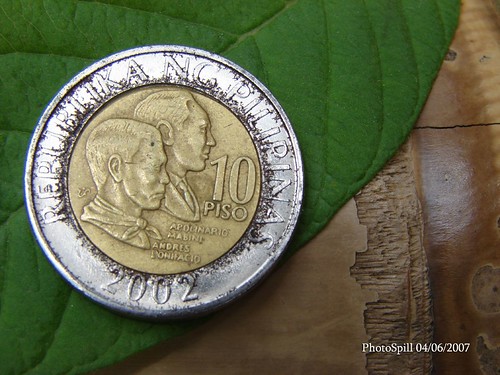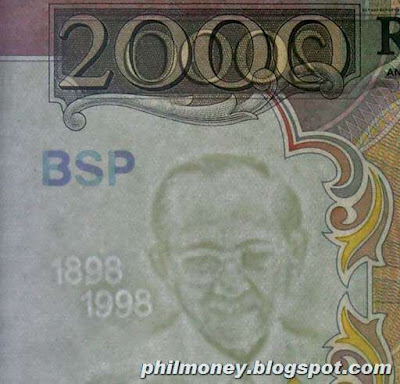
Why are 20 peso bills always so worn out? Compared to other denominations, the 20 peso banknote is most of the time old, crumpled, dirty, and simply rotten.
It just so happens that the 20 peso bill is the smallest banknote denomination being printed by the Bangko Sentral ng Pilipinas (BSP) today. The smaller the denomination, the more frequently the banknote changes hands, and the faster it wears out.
In the New Design Series, we used to have the five peso and ten peso bill. These are still valid today and is legal tender, but the BSP has stopped printing them. Why? They simply wore out too fast that the BSP decided they should be replaced with coins which last a longer.
This makes us think that someday, the BSP might replace the 20 peso bill with a 20 peso coin. As the currency devaluates and loses its value, small bills wear out faster.
So what do we do with worn out bills? The BSP asks us to help replace them with new bills. If you have collected a number of worn out banknotes, bring them to your nearest bank and have them change it to crisp, clean notes. The BSP wants our money to look presentable.
Mutilated notes are another story. Banks are not required to replace or accept mutilated banknotes and coins, although they may do so as extra service to their clients. Mutilated currency notes are those which are torn, brittle, split edgewise, or has lost all signatures inscribed on it.
In case your bank does not grant you the favor of replacing mutilated banknotes, you may present or forward it to the following offices for determination of redemption value:
The Cash Department
Bangko Sentral ng Pilipinas
Mabini Street, Manila; or
The nearest Bangko Sentral Regional Office/Branch





